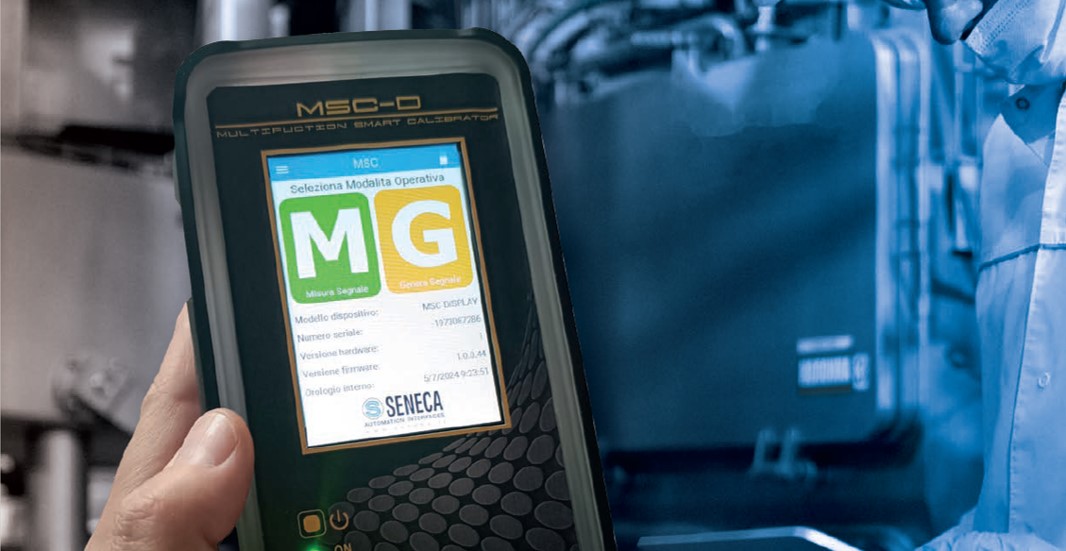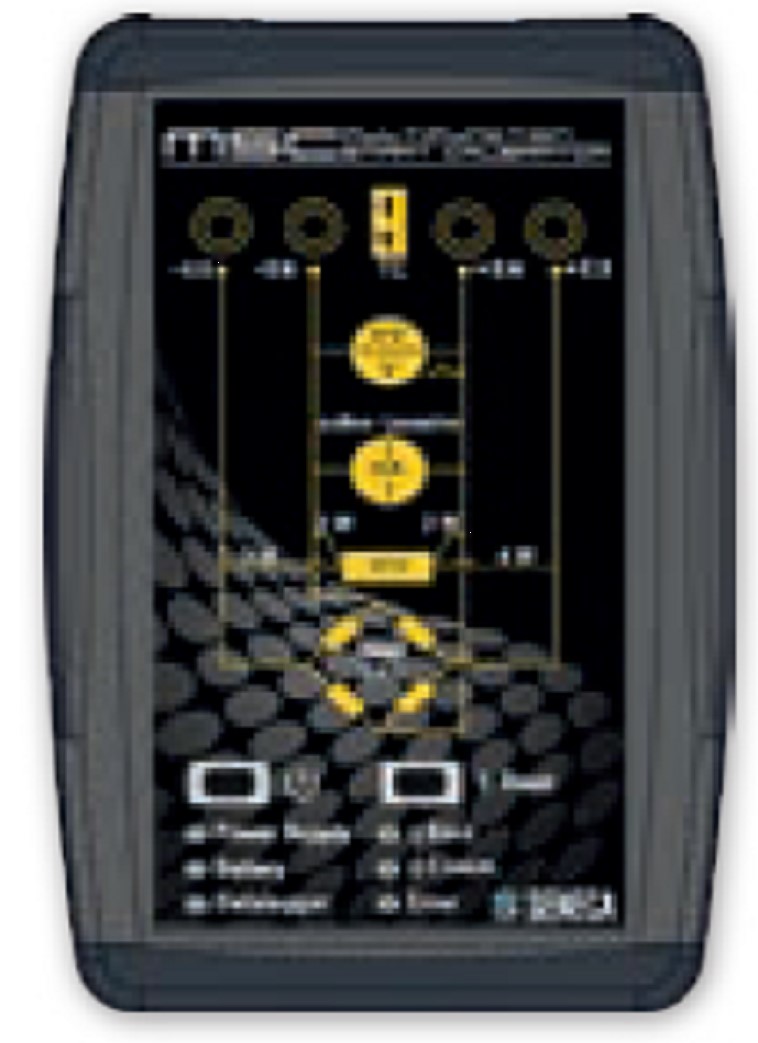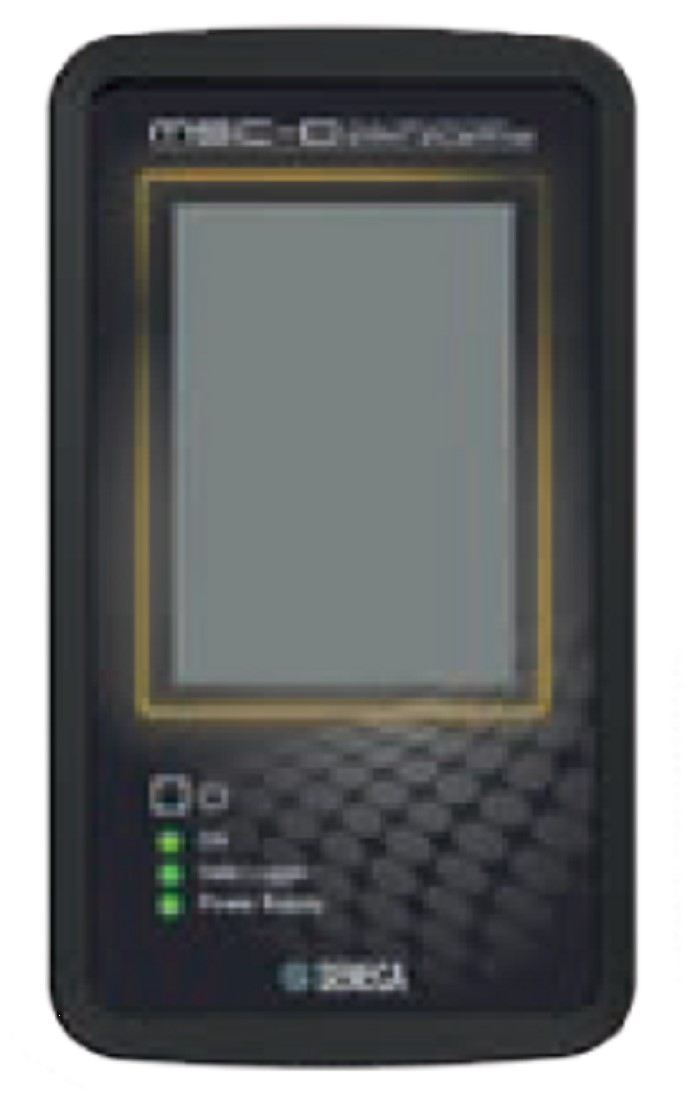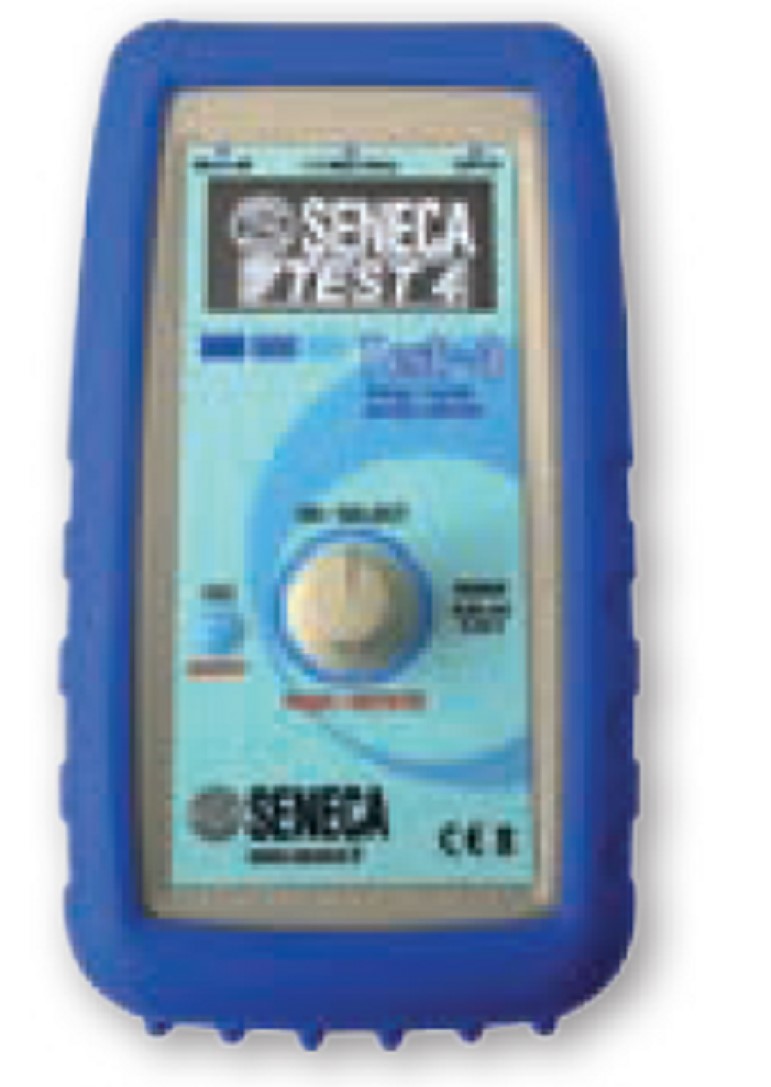 https://blog.seneca.it/wp-content/uploads/2025/05/sfondo_cal-1.jpg
https://blog.seneca.it/wp-content/uploads/2025/05/sfondo_cal-1.jpg
Process calibrators are essential tools for ensuring that sensors, transmitters, controllers, and other devices operate within the required accuracy limits, thereby ensuring compliance with regulatory standards and the efficiency of production processes.
What is a process calibrator?
A process calibrator is a device designed to generate, simulate, and measure electrical signals, temperature, weight, pressure, and other physical parameters. These instruments are essential for performing calibration, preventive maintenance, testing, and functional verification of field instruments used in various industrial sectors.
The importance of process calibrators
In the ‘Industry 4.0 landscape, where automation and digitization are increasingly pervasive, measurement accuracy is critical. Process calibrators help to:
- Ensure measurement reliability, reducing the risk of errors that can compromise product quality.
- Reduce plant downtime through more efficient maintenance.
- Ensure regulatory compliance, facilitating audits and quality controls.
- Support predictive maintenance, thanks to the ability to monitor and record data in real time.
Types of process calibrators
Calibrators are mainly divided according to the quantities they measure:
- Multifunction calibrators: combine multiple capabilities (current, voltage, temperature, frequency, weight, pressure), ideal for maintenance technicians and metrologists.
- Loop calibrators (4–20 mA): widely used in industry, they allow analog current signals to be powered, simulated, or measured, testing transmitters, PLCs, and indicators.
- Temperature calibrators: simulate or measure signals from thermocouples and resistance temperature detectors (RTDs), often integrating thermal blocks or thermostatic baths for direct sensor calibration.
In particular, multifunction calibrators are devices used for calibration, simulation, verification, and adjustment in installations and instrumentation. Calibrators handle different quantities that must be attributed to standardised measurement signals: mA, mV, V, Ohm, Hz (frequency and pulses), °C or ºF. These instruments also have signal generation, levelling, linearisation or grading functions. Their main use is in checking the company’s instrument fleet in order to control measurement quality.
Advanced features
Industrial calibration may be accompanied by special adjustments and compensations. Depending on the requirements, there are multifunction calibrators that allow the simultaneous generation, simulation, and reading of multiple values or single quantities (pressure, temperature, flow, sound, vibration, voltage, current, resistance, pulses, frequency).
The latest models of process calibrators offer advanced features that expand their application possibilities and simplify their use. These include the loop power function, which allows passive sensors to be powered directly without the need for external devices. Another advanced feature is error and fault simulation, which is useful for testing the response of control and safety systems in the presence of abnormal conditions.
Recording and data logging allow measurements to be tracked over time, facilitating the analysis and documentation of the tests performed. In addition, models that support thermocouples often feature automatic cold junction compensation, which ensures more accurate measurements without manual intervention. Some instruments are compatible with communication protocols and interfaces, facilitating integration into advanced automation environments.
Touchscreen interfaces and mobile apps, complete with clear menus and step-by-step guidance, make them even more intuitive to use, assisting the operator throughout the configuration and calibration process.
Evolution and digitalization
With the advent of predictive maintenance and digital technologies, process calibrators are evolving towards increasingly connected and automated solutions. Some devices offer wireless connectivity, cloud data storage, and remote diagnostics. Software platforms allow you to manage calibration schedules, instrument history, and automatic alerts, simplifying documentation and reducing human error.
SENECA multifunction calibrators: advanced solutions for industrial calibration
SENECA offers a range of multifunction calibrators designed to meet the needs of maintenance engineers, laboratory technicians, and plant operators. With advanced features, connectivity, and ease of use, these instruments integrate seamlessly into modern production environments, helping to improve the quality and efficiency of industrial processes.
MSC

MSC is a high-precision portable calibrator, ideal for maintenance and testing of sensors and process meters. Its main features include:
- Accuracy class: better than 0.05% for each input/output type.
- Measurement and generation of analog, digital, temperature sensor, and load cell signals.
- Automatic ramp generation: single or looped, with up to 9 segments and a minimum ramp of 1 second.
- Datalogging: up to 100,000 stored values, with data export in .csv format and real-time display on mobile devices and PCs.
- Connectivity: Bluetooth Low Energy 4.1 for communication with smartphones and tablets.
- Autonomy: up to 20 hours thanks to the 3400 mAh rechargeable lithium polymer battery.
- Compatibility: support for LabVIEW libraries for integration into automatic test systems.
MSC-D

MSC-D represents the evolution of the MSC model, offering advanced features for more complex applications:
- Capacitive touch display: 3.5″ color TFT-LCD with 320×480 resolution and backlighting.
- Extended connectivity: Ethernet and Wi-Fi for greater communication flexibility.
- Automatic access to test machines: facilitating integration into automated production environments.
- Web server interface: for management and configuration via browser.
TEST-4

TEST-4 is a portable analog signal generator/measurer designed for quick and easy operation:
- Power supply: 2 AA NiMh batteries, 2650 mAh, with up to 20 hours of autonomy.
- OLED display: low power consumption for clear data visualization.
- Multifunction encoder knob: for intuitive menu navigation.
- Accuracy class: 0.1% for each type of input/output.
- Applications: diagnostics, signal simulation, and calibration of PLCs, sensors, recorders, valves, and industrial devices.